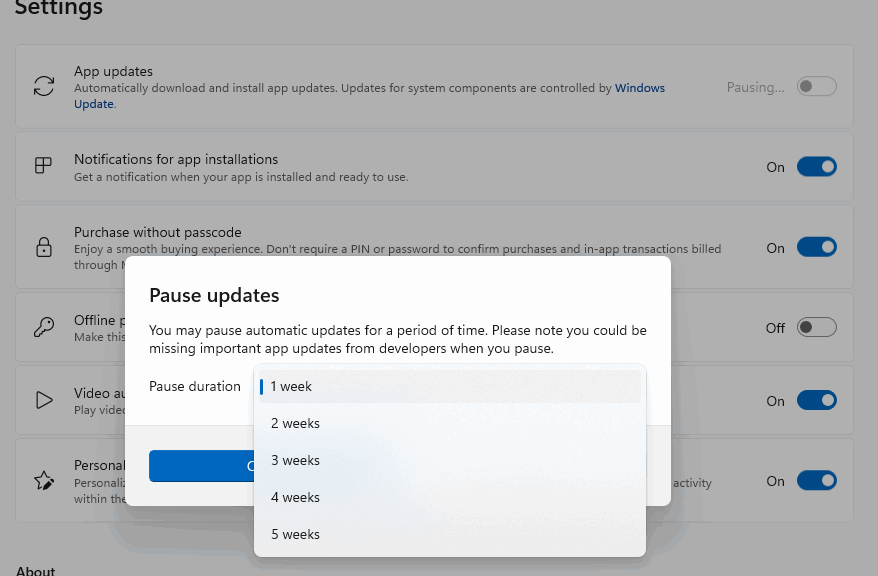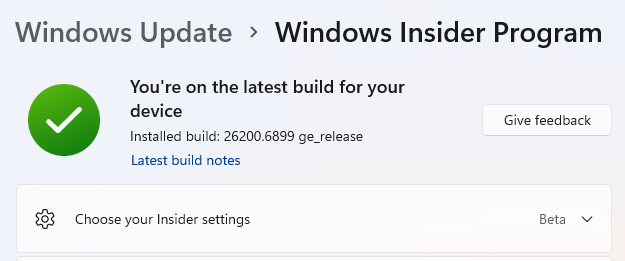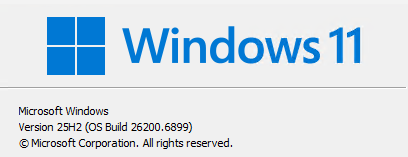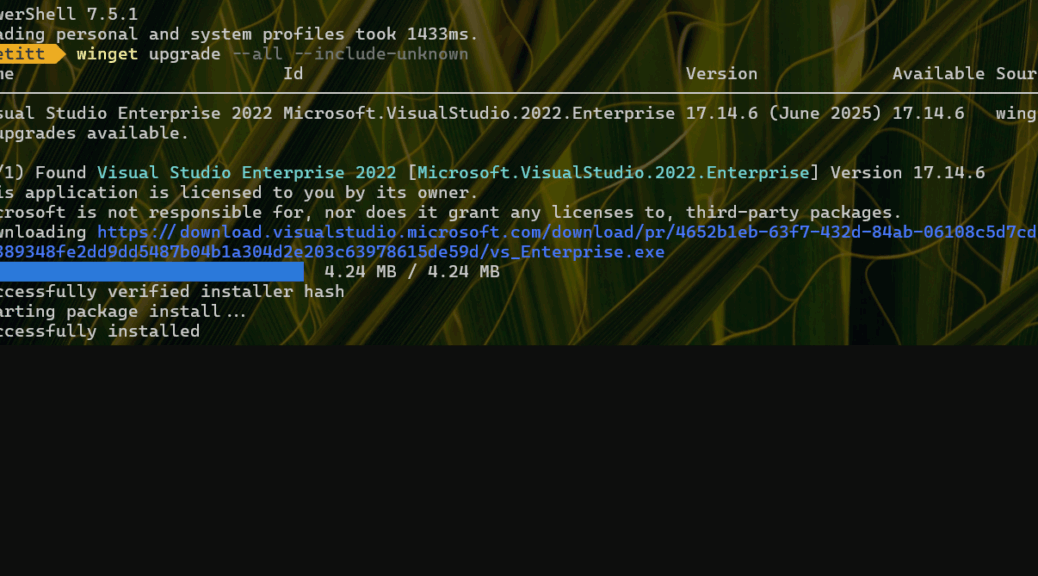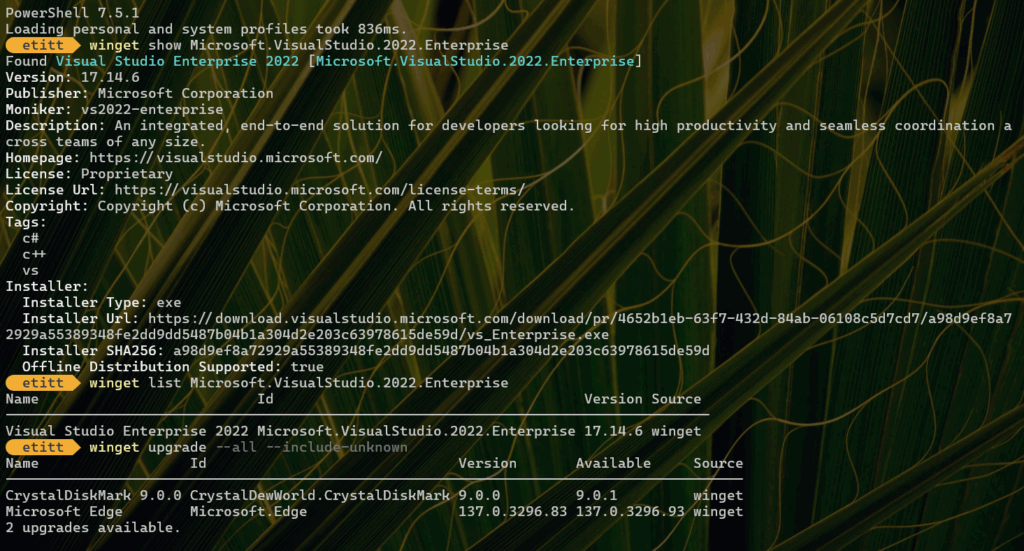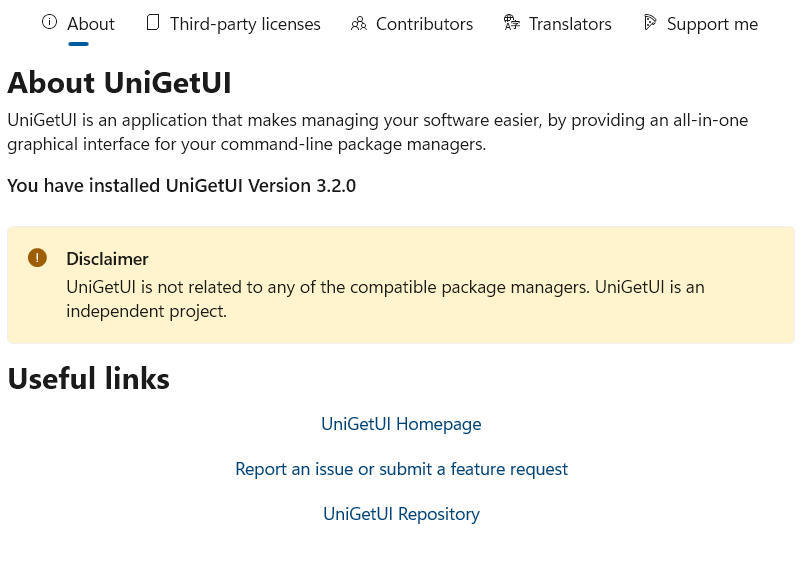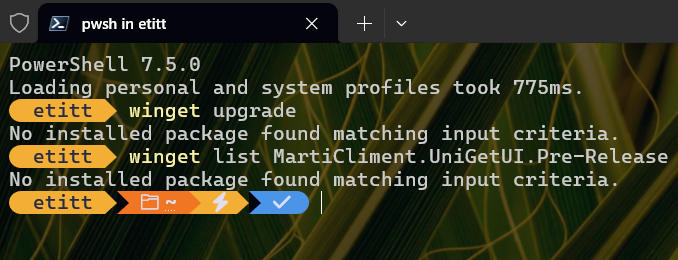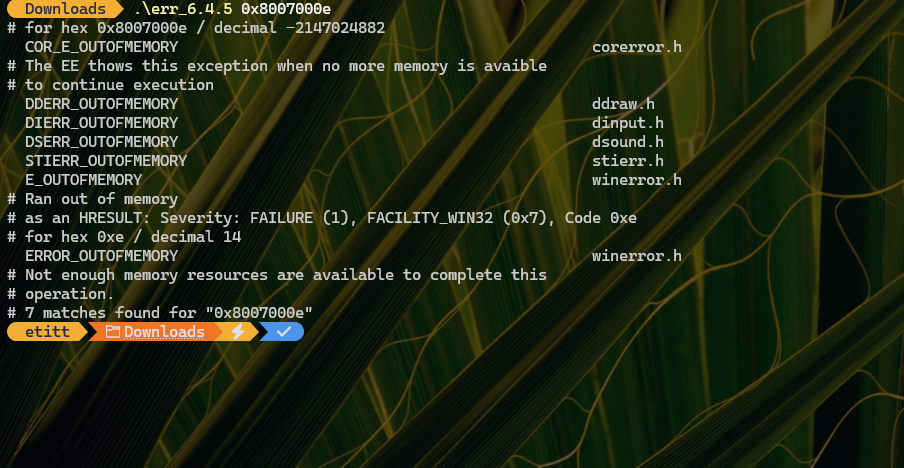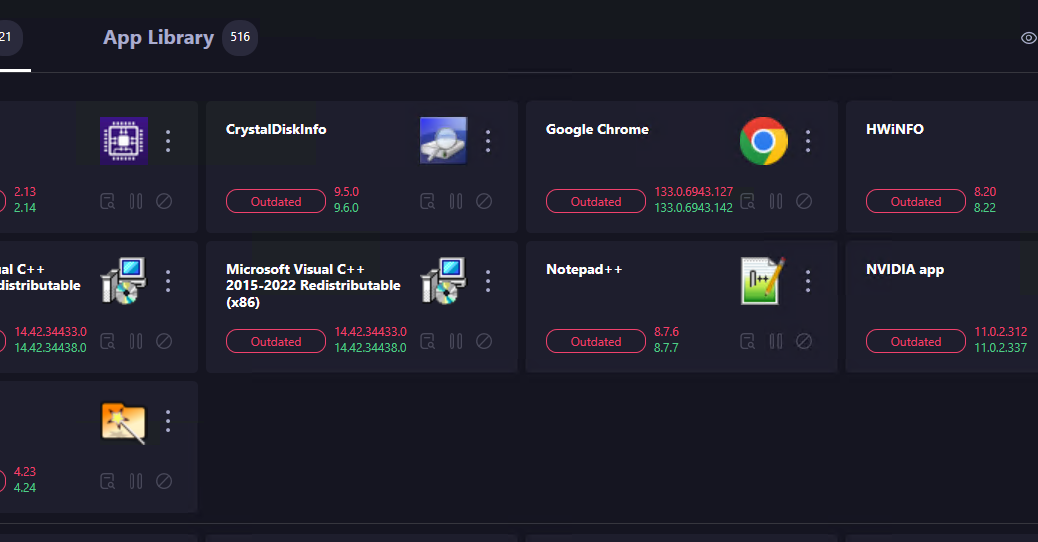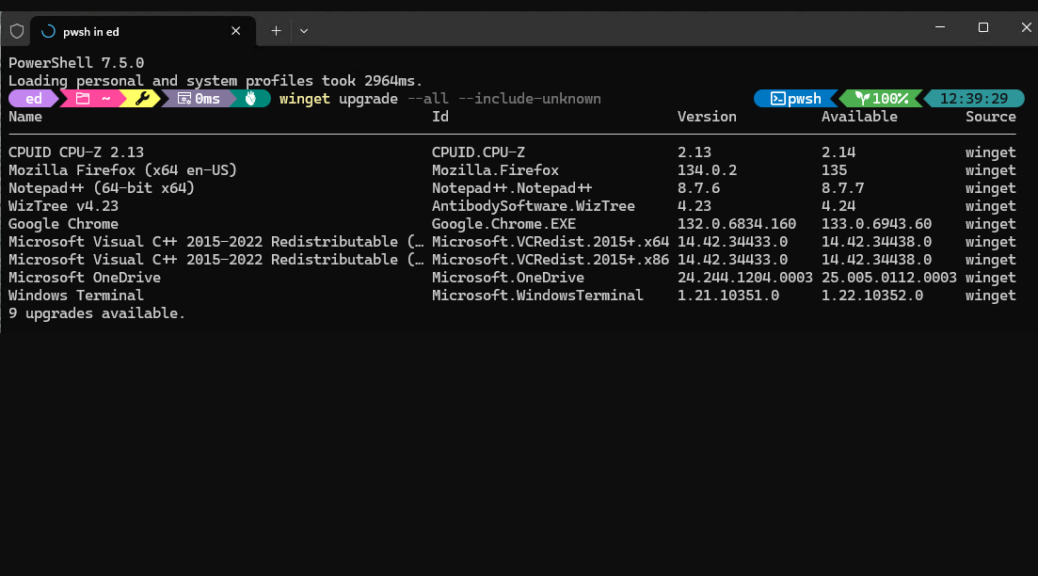Recent Beta and Dev Insider Preview builds have brought a new entry to Settings > Apps (e.g. 26220.7271). As you can see in the lead-in graphic it’s labeled “App Updates.” Quite naturally, this led me to wonder how differs from “Updates & Downloads” in the MS Store app itself. Comparing and contrasting Settings vs Store App Updates turns out to be more nuanced than I’d hoped. Indeed, the lead-in graphic also shows Settings reports all apps up-to-date at the same time as the Store is downloading an update to itself.
Digging into Settings vs. Store App Updates
Last May, MS Product Manager Angie Chen posted a blog on this topic. Entitled Introducing a unified future for app updates on Windows, it lays out new alternatives coming to purely Store-based updates. But it wasn’t until I could see and try out the Settings alternative to the Store-based baseline that I could see some differences.
Indeed as Sergey Tkachenko puts it at WinAero: “…you can manage updates for certain Store apps that can receive new versions via Windows Update” (bold emphasis mine). As you can see in the intro screencap, the Store will happily update itself, while Apps> Update Apps apparently will not.
The Key: “Other” Update Channels Rule
The intro language in the May 27 blog post linked above states:
If you are already getting apps through the Microsoft Store (our recommended approach), there is no action needed—you will get the benefits described here by continuing to use that method.
Among other things, this means that store-managed apps — including the Store itself — continue to update through the Store Updates & Download faciliity, not through Settings > Apps > Update Apps. That showed itself immediately as soon as I went to check things out. Indeed careful reading of that blog post shows that developers must explicitly build apps to hook into Windows Update (ditto for management tools such as Intune or Autopilot) to make use of this capability.
In fact, nobody really knows how much this will change the way things work right now. As with other possible futures in Windows-World, those who build apps will have to take up this new update path before mere users — like your humble author — can walk down it. Right now, it seems limited to MS tools that don’t fall under the Store umbrella (e.g. PowerShell and Windows Terminal). So far, it looks more like a future possibility than a real, current alternative.
I’ll keep an eye on this, and let you know what happens…Stay tuned!


